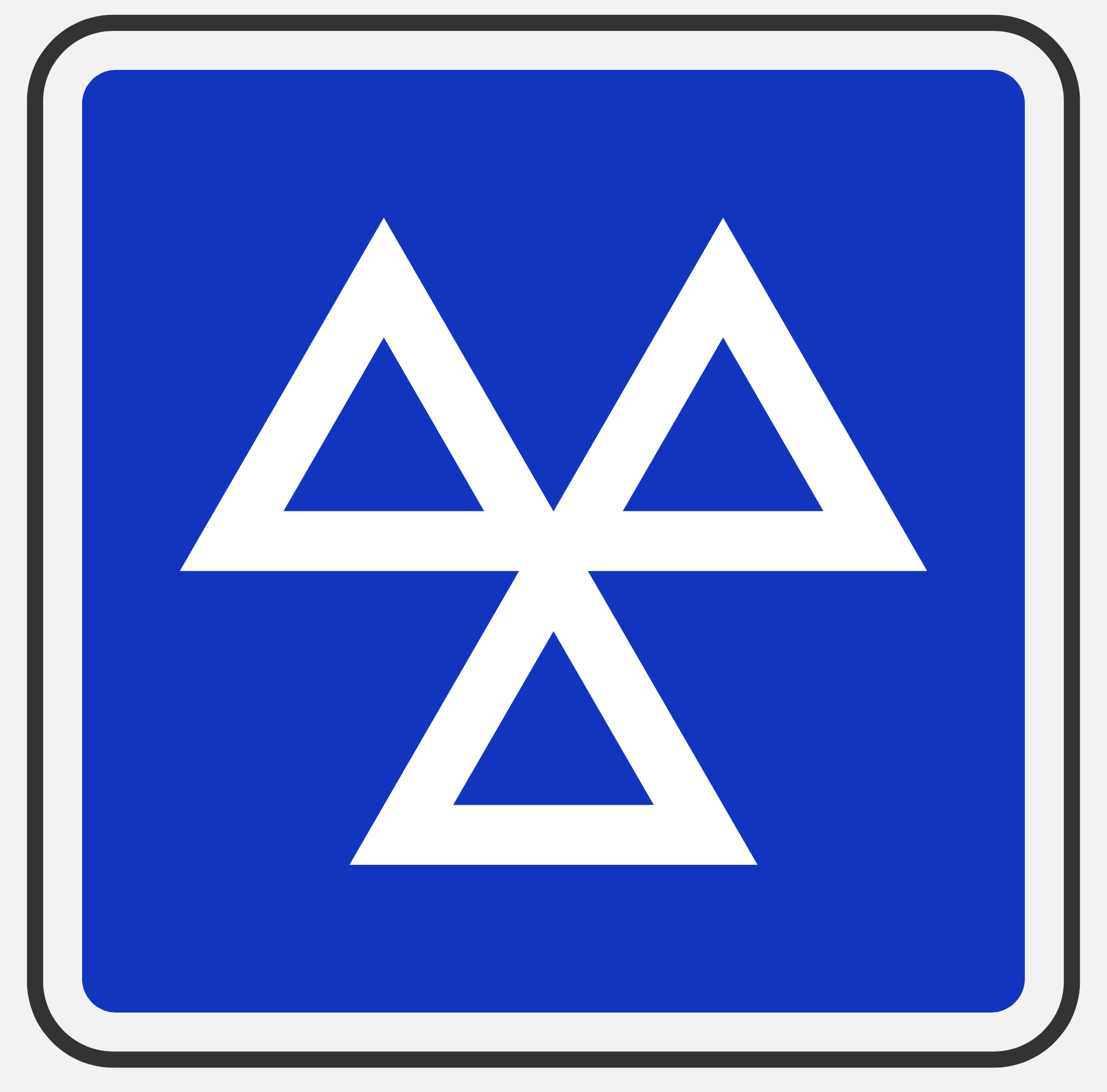MOT's
SERVICE OVERVIEW
Every vehicle needs to comply with minimum standards of road safety and environmental health. You need to ensure that your vehicle meets the prescribed standards so that you get the MOT.
However, MOT by no means takes a guarantee of the general mechanical condition of the vehicle. MOT simply proves that your vehicle is compliant with the prescribed standards. Cobridge Car Testing Centre in Stoke-on-Trent offers a full examination, servicing, and repair service to ensure your safety.
If your vehicle is 3 years or older it is a law that your vehicle has its annual M.O.T (Ministry Of Transport) test.
The M.O.T. test ensures that your vehicle meets the minimum safety requirements for driving on public roads.
Without a valid M.O.T. certificate, it is illegal to drive your vehicle on the road and you won't be able to purchase road tax.
It is your responsibility to ensure your vehicle is M.O.T. tested every 12 months,
If you don't renew your M.O.T. certificate annually the penalty could be fine.
If your vehicle is involved in any form of accident you may be asked to produce your M.O.T. certificate, an absence of this certificate could result in a fine and could affect any insurance claims.
You can book an M.O.T. up to 28 days in advance of the date it's due.
Your new M.O.T. is 12 months from the expiry of your old certificate.
Recent computerisation of the M.O.T. testing system means police can now check your registration against VOSA's database to see if your vehicle has a valid M.O.T.
To avoid falling foul of the law book your car in now for your next M.O.T.
What the MOT test includes
The MOT looks at some important items on your car to see that they meet key legal requirements at the time of the test. Components to be inspected
Body or Vehicle Structure and General Items
Free from excessive corrosion or damage in specific areas. No sharp edges are likely to cause injury. Towbars for security, condition, inappropriate repairs, or modification. Correct operation of 13 pins electrical socket. Speedometer condition and operation. Engine mountings.
Fuel system
No leaks. Security and condition of pipes or hoses. The fuel cap fastens and seals securely. Note the fuel cap will need to be opened. Make sure the key is available.
Exhaust emissions
The vehicle meets the requirements for exhaust emissions, dependent on the age and fuel type of the vehicle.
Exhaust system
Secure. Complete. Catalyst missing where one was fitted as standard. Without serious leaks and is not too noisy.
Seat belts
All the seat belts fitted are checked for type, condition, operation, and security. All mandatory seat belts must be in place. Check the malfunction indicator lamp (MIL) for airbags and seat belt pre-tensioners.
Seats
The driver's seat can be adjusted. All seats for security and seat backs can be secured in the upright position.
Doors
Latch securely in the closed position. Front doors should open from inside and outside the vehicle. Rear doors should open from outside the vehicle. Hinges and catches for security and condition.
Mirrors
Minimum number required, condition and security.
Load security
Boot or tailgate can be secured in a closed position.
Brakes
Condition including inappropriate repairs or modifications, operation, and performance (efficiency test). Note the removal of the road wheels and trims is not part of the test. ABS or electronic stability control (ESC) where fitted. Check the MIL for ABS, electronic stability control, electronic park brake, and brake fluid warning.
Tyres and wheels
Condition, security, tyre size and type, and tread depth. Spare tyres are not inspected. Note: vehicles first used on or after 1 January 2012 - check of the MIL for tyre pressure monitoring.
Registration plates
Condition, security, colour, characters correctly formed and spaced.
Lights
Condition, operation including HID and LED headlamps for cleaning, self-leveling, and security. Headlamp aim. Main beam warning light.
Bonnet
Securely latches in the closed position.
Wipers and washers
Operate to give the driver a clear view ahead.
Windscreen
Condition and driver’s view of the road.
Horn
Correct operation and of a suitable type.
Steering and suspension
Condition, steering oil level, operation, a check for inappropriate repairs or modification including corrosion to power steering pipes or hoses. Operation of steering lock mechanism. Check the MIL for electronic power steering and steering lock.
The Vehicle Identification Number (VIN)
Is on vehicles first used on or after 1 August 1980. Only one unique VIN is displayed except on multistage build vehicles.
